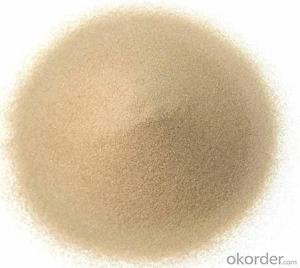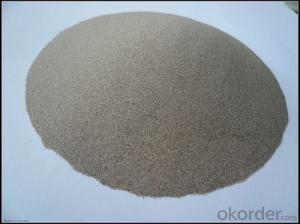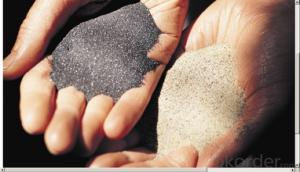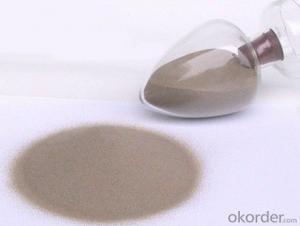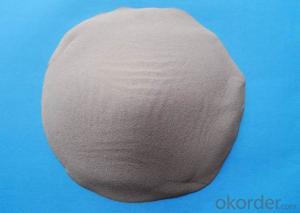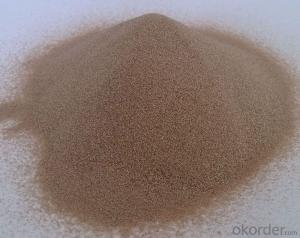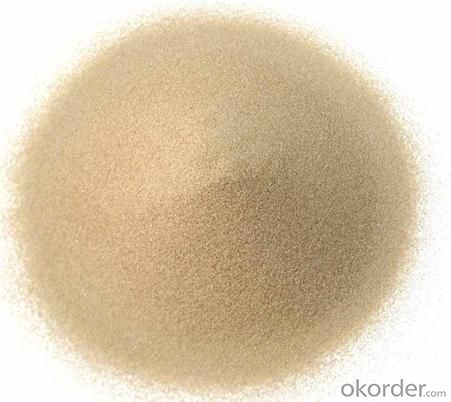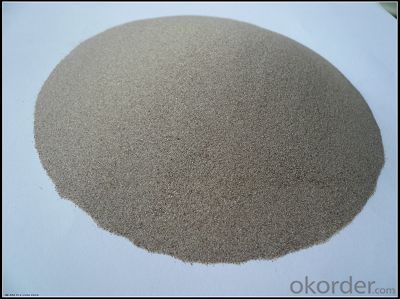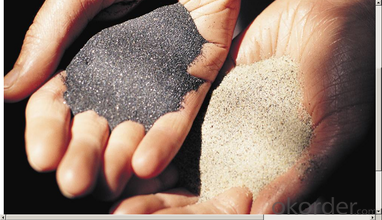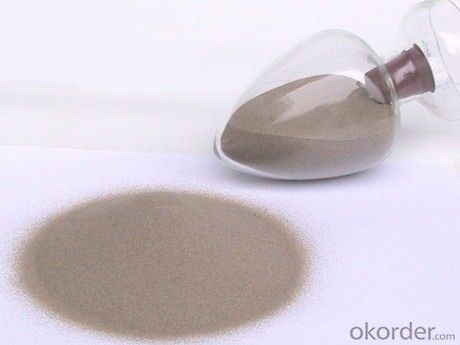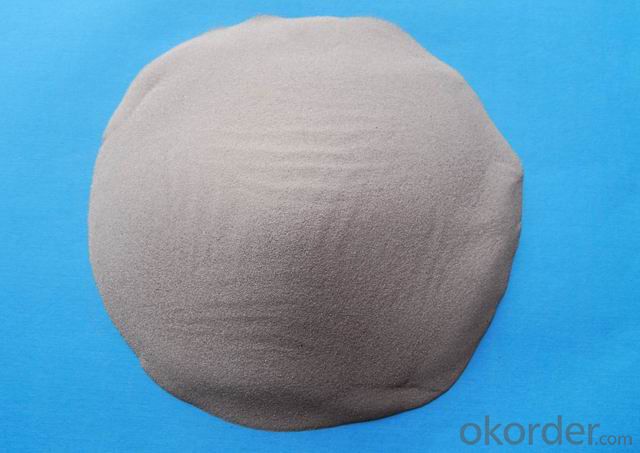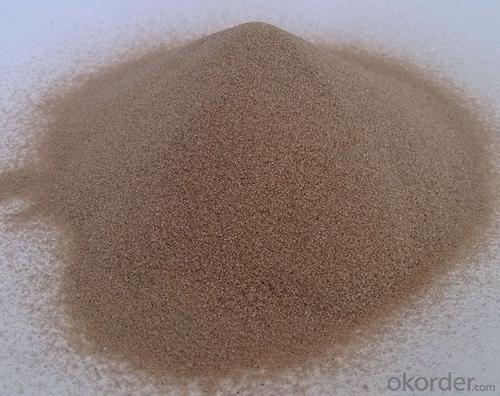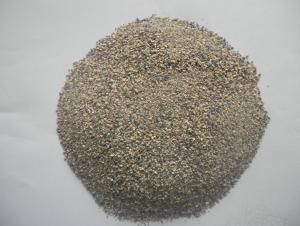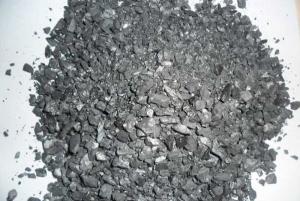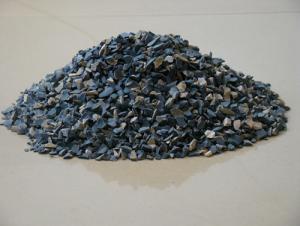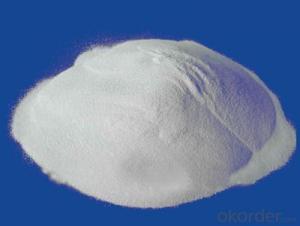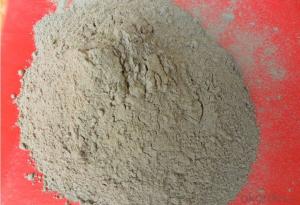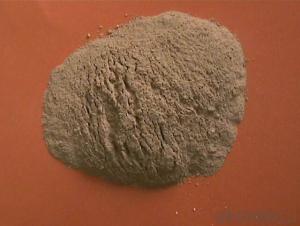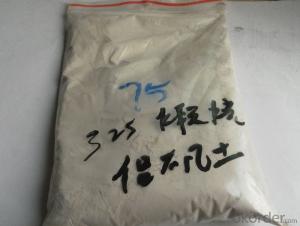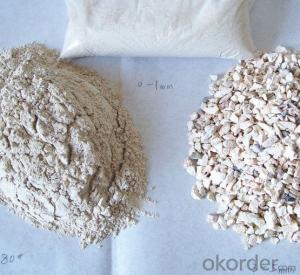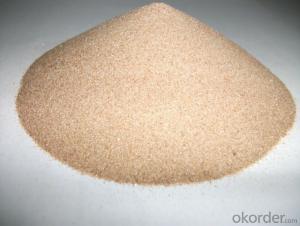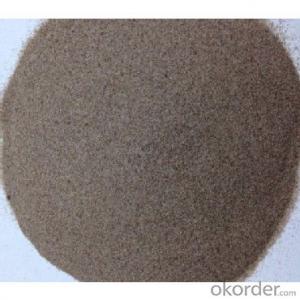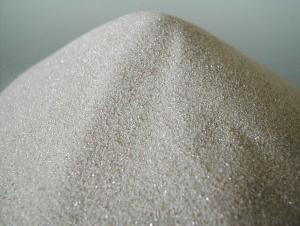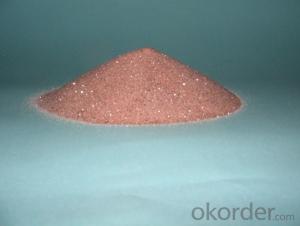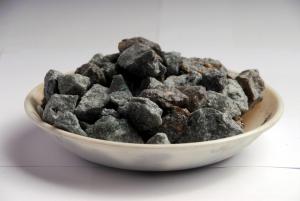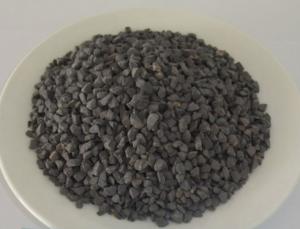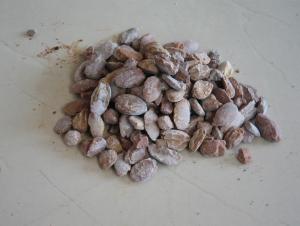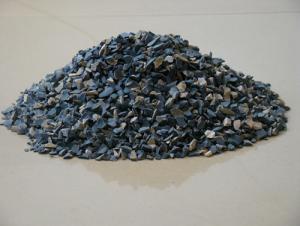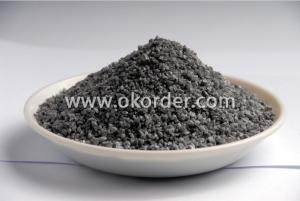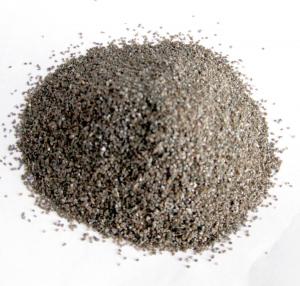Raw Materials for Refractory:High Purity Zircon Sands and Powder
- Loading Port:
- Tianjin
- Payment Terms:
- TT OR LC
- Min Order Qty:
- 25 m.t.
- Supply Capability:
- 3000 m.t./month
OKorder Service Pledge
OKorder Financial Service
You Might Also Like
High Purity Refractory Material/ Zircon Sands and Zircon Powder Good Quality
1.Structure of Zircon Sand and Zircon Powder
We are offer zircon sand With Below Mention Descriptions: ZrO2 65 - 67 %. We are offer zircon sand With Below Mention Descriptions: ZrO2 65 - 67 %. Zircon is a remarkable mineral, if only for its almost ubiquitous presence in the crust of Earth. It occurs in igneous rocks as primary crystallization products, in metamorphic rocks and in sedimentary rocks as detrital grains.
Further, the mineral due to hardness, durability and chemical inertness, zircon persists in sedimentary deposits and is a common constituent of most sands.
2.Main Features of Zircon Sand and Zircon Powder
1.Item:zircon sand
2.Purity:66%
3.Mainly used in Ceramic Industry
4.Industry grade: ZrSiO4>99%
3.Main usage of Zircon Sand and Zircon Powder
1)80-120M zircon sand is used in investment casting, the processing is called dipping
2)It can enhance the shell`s thickness
3)It is specialize used in inner layer being mixed with silica sol.
4. Zircon Sand and Zircon Powder Images
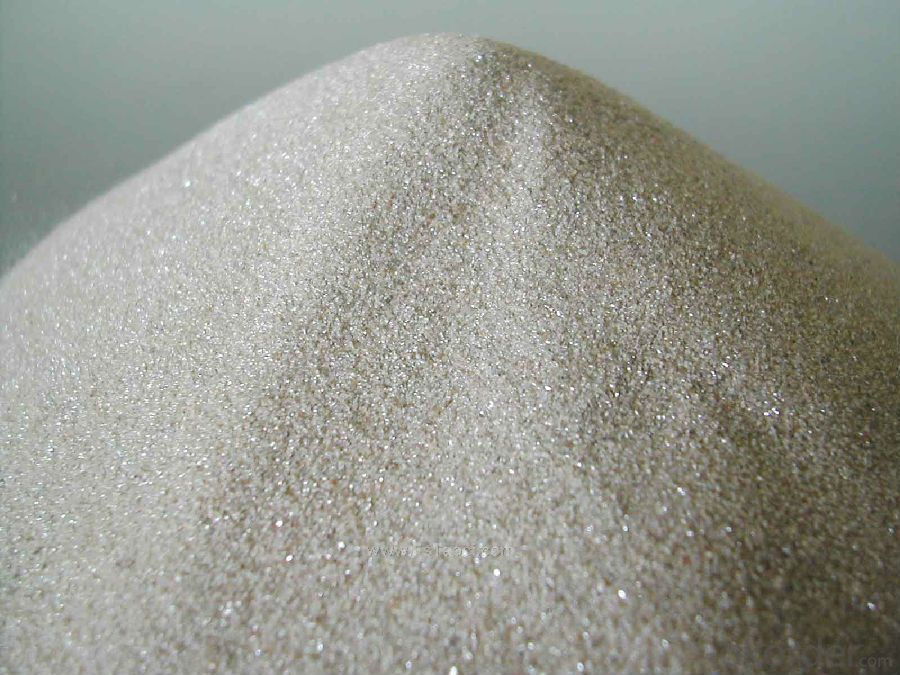
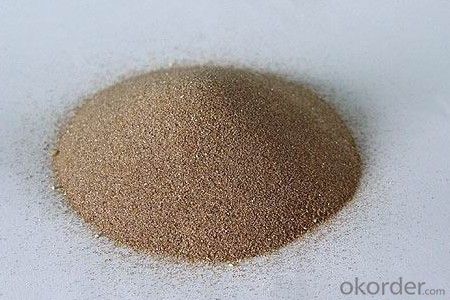
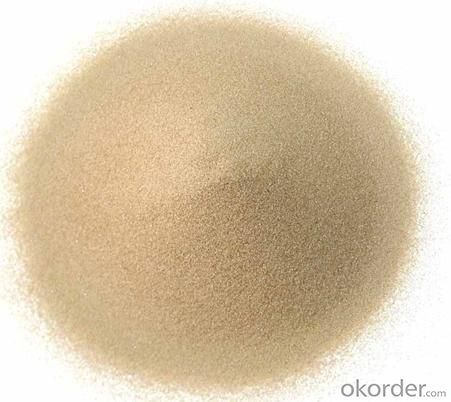
5. Zircon Sand and Zircon Powder Specification
Item | SY8 | SY6 |
Zr Content (ZrO2) | ≥66% | ≥65.5% |
Fe Content (Fe2O3) | ≤0.08% | ≤0.12% |
Ti Content (TiO2) | ≤0.10% | ≤0.10% |
6.FAQ of Zircon Sand and Zircon Powder
1). Q: Are you a factory or trading company?
A: We are a factory.
2). Q: Where is your factory located? How can I visit there?
A: Our factory is located in China. You are warmly welcomed to visit us!
3). Q: How can I get some samples?
A: Please contact me for samples
- Q: Can anyone tell me what is A-leve fireproof material?
- Combustion performance of materials can be divided into: A-level, B1-level, B2-level and B3-level, which respectively refer to noncombustible, difficult-flammble, flammable and inflammable materials. Building materials can be divided into four grades based on combustion performance (noninflammability, flame retardancy, flammability and inflammability). According to the stipulation of "Specification of Fireproof Design for Buildings" (GBJ16-1987) (2001 revised edition), fire hazard of production or storage should be divided into A-level, B-level, C-level, D-level and E-level. In "Specifications on Fireproof Design for Petrochemical Enterprises" (GB50160--1992) (1999 Revision), it also stipulates that fire hazard should be classified on the same basis of subtsance danger in usage, production or storage. According to different fire hazard, requirements and measures of oreventing and restricting fire explosion can be put forward from the aspects of fire?separation distance, fire resistant rating of buildings, allowed floors, safe evacuation, fire fighting facilities and other aspects.
- Q: I wanna ask you, which level is b1 fireproof and thermal inuslation matertial ??
- which level is b1 fireproof and thermal inuslation matertial: I soppose you mean rubber and plastic! Only rubber and plastic has b1b2 level. Level b1 is the fireproofing level b1, because the rubber and plastic does not belong to the fireproofing material. It only has fire?retardant. The wholesale of all kinds of thermal insulation material and construction needs to look at the name.
- Q: What's the refractory material in common use currently?
- According to its category, raw material of basic refractory: Mainly magnesite (magnesia), dolomite, lime, olivine, serpentine, high alumina material (sometimes neutral); main neutral raw material: chromite, graphite, silicon carbide (artificial).
- Q: I would like to know if there is any requirement for refractories in the crucible type high-frequency smelting furnace Worry! I hope you can help me! This time!
- Stable chemical properties. The crucible material should not be hydrolyzed at low temperature. It is difficult to be decomposed and reduced at high temperature and is not susceptible to corrosion by molten slag and molten metal;
- Q: Does anyone know what is a lightweight refractory material?
- Heat preservation and insulation layer used only for Thermal Equipment has poor wear resistance, loose organization and high porosity(40%~85%) . The definition of light refractory material: low thermal conductivity, good performance in thermal insulation , weak mechanical strength, low volume density(generally below 13).
- Q: Urgent question: could you tell me that the export of refractory materials to Vietnam is to be packed in wooden cases and smoked?
- Of course, there are also some docks that need not be fumigated! But also according to the requirements of the port of destination guests, because customs clearance may be proof of fumigation!
- Q: What does refractory mean?
- What is refractory material?Refractory material generally refers to the inorganic refractory degree over 1580oC non metallic materials. It includes natural ore and various products in accordance with certain requirements after a certain process. With the volume stability of high temperature mechanical properties, a good, is the necessary equipment for all kinds of high temperature materials.
- Q: what is the material of fixed first rate fire resistant window?
- Fixed first rate fire resistant window is produced by the steel sash windows, steel casement, fireproofing glass. Fireproof windows, is composed by steel window frame, steel casement, fire-proofing glass. it refers to the window which can isolate and stop the fire spreading. The fire window product is named after the main material of window frame and the window casement, window frames is made of steel, casement is made of wood or the sash frame is made of wood and the casement is made of fire window.
- Q: It the Special Fire-Proof Material belonged to ceramics? Is there a national standard of the Special Fire-Proof Material?
- The fiber and reinforcing material of the metal ceramic is also belonged to the Special Fire-Proof Material. ~~~~GB is too much trouble, GB online should ~~~ Lei Bao Refractories for you. The high temperature inorganic coating. 5. The refractory compound. 3. The high melting point oxide. You can search it on the internet according to the classification~~~~ The special refractories can be divided into five categories: 1. metal ceramic
- Q: On the problem of making refractory materials
- I think D is more appropriate, really want to choose ad can also.
Send your message to us
Raw Materials for Refractory:High Purity Zircon Sands and Powder
- Loading Port:
- Tianjin
- Payment Terms:
- TT OR LC
- Min Order Qty:
- 25 m.t.
- Supply Capability:
- 3000 m.t./month
OKorder Service Pledge
OKorder Financial Service
Similar products
Hot products
Hot Searches
Related keywords
